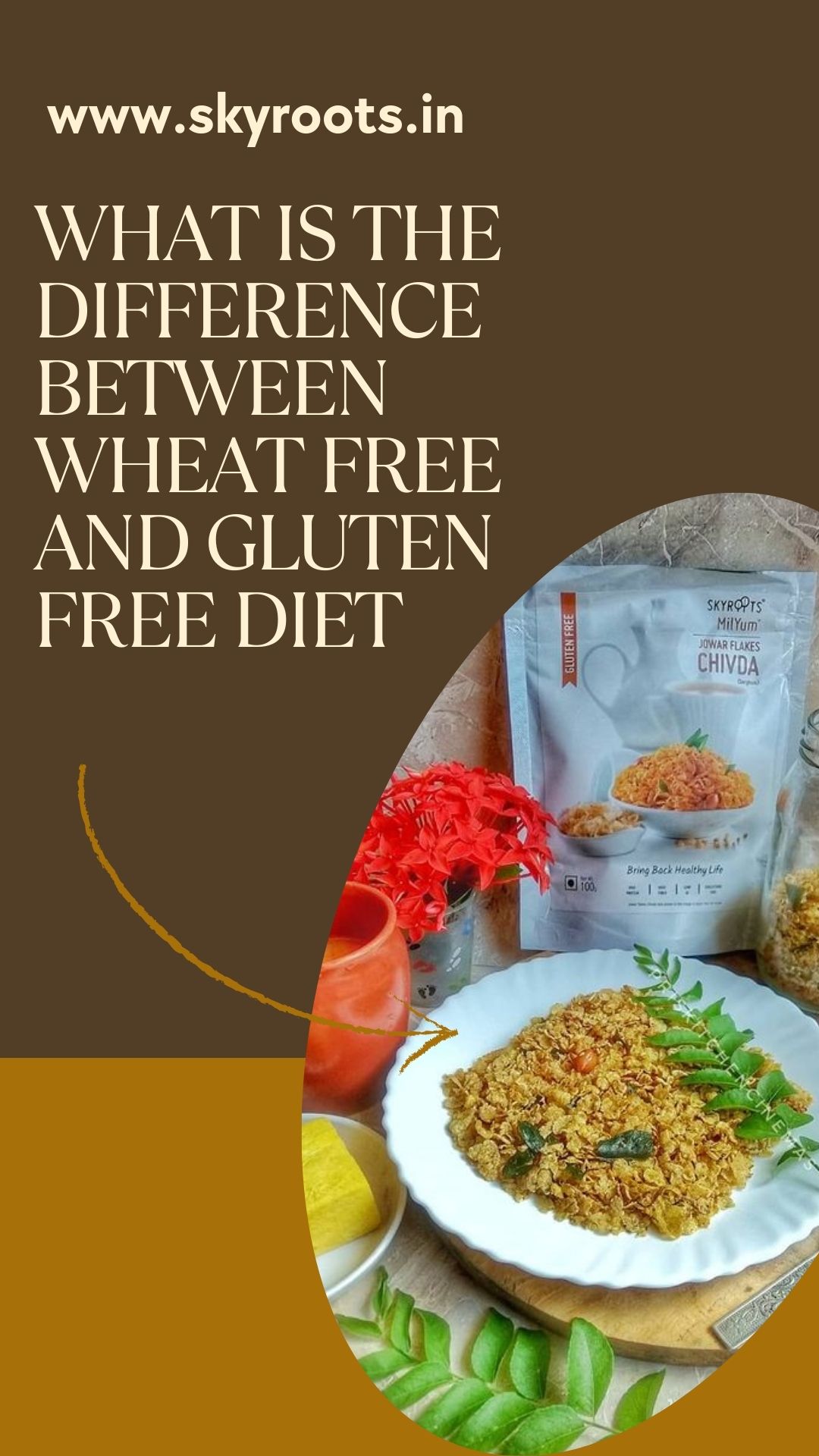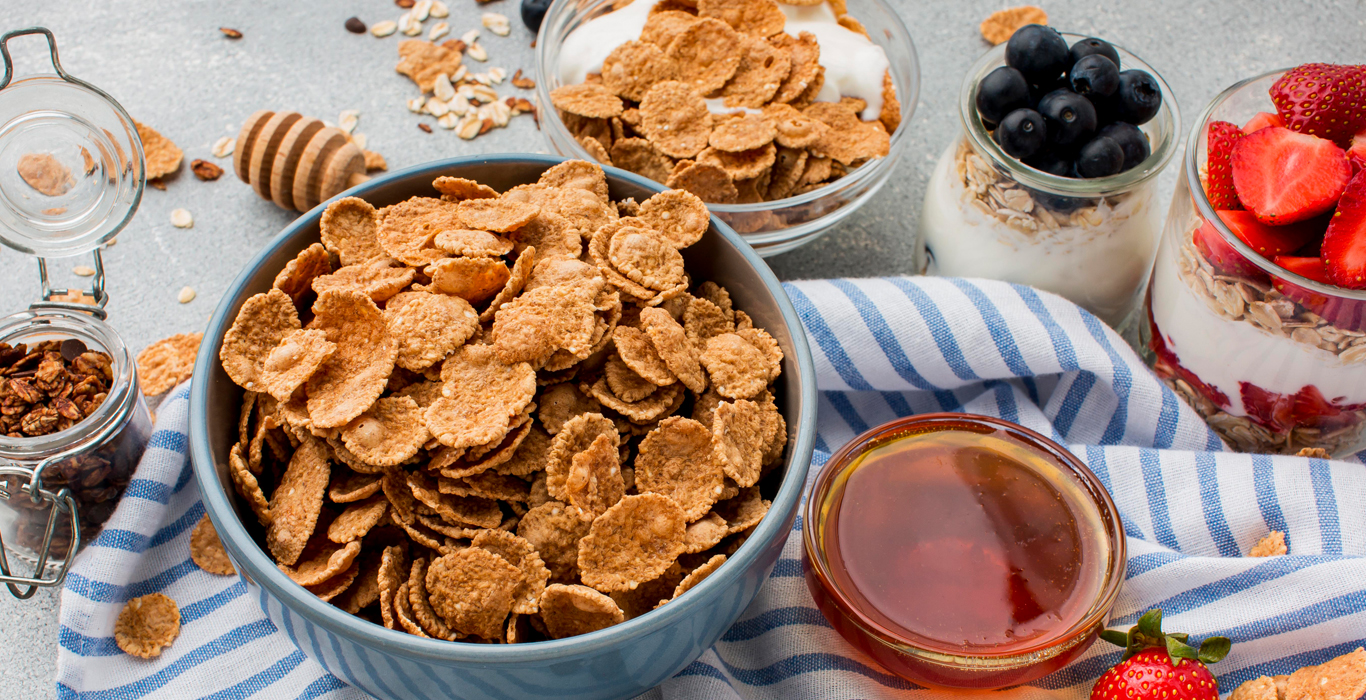What Is The Difference Between Wheat Free and Gluten Free Diets?
The words 'gluten-free' and 'wheat-free are often used interchangeably, which is one of the major causes of confusion when you finally find out they are not the same thing. Both foods are on the rise as we begin to see new sensitivities to mass-produced foods rise, and it is not uncommon to see gluten-free and wheat options on the menus of many restaurants or shelves at the grocery store. About 15% of the population does not tolerate gluten or wheat in North America. It is also seen as the same type of food that prides itself on being gluten-free or whole wheat: usually flour-based products.
In both cases, the symptoms appear to be the same. Whether wheat or gluten is not naturally healthy or harmful to the human body as a rule. However, like other allergies and allergies, wheat and gluten both can cause adverse reactions, but their effects vary depending on each person's immune system and strength. People usually eat gluten-free and gluten-free foods at any level they experience symptoms. Other common reactions to gluten and wheat can be avoided by changing your diet for constipation, stomach problems, cramps, headaches, skin rash, constipation, unexplained allergies, and malnutrition.
So, if there is a difference between gluten-free and gluten-free foods, what is?
Wheat Free:
We all know what wheat is, don't we? It is the staple food of modern humans and is the third-largest grain produced in the world - just after maize (corn) and rice. Bran, germ, and endosperm are the three main components of a kernel of wheat, and three of them provide us with protein, nutrients (Vitamin B and fiber), and carbohydrates.
We use it extensively to make flour - a base for baked goods, bread, cereals, and pasta - as well as to brew beer and other alcoholic beverages. Products made from barley and rye are generally safe from whole wheat as long as they are used in conjunction with wheat. Read those labels carefully if you have a visitor who does not have wheat coming. It is very difficult to avoid, and if you take a minute to browse in your kitchen, you will probably be surprised at how many items it contains.
If we look more scientifically at the grain of wheat, its four major components are revealed:
Globulin
Gliadin
Albumin
Gluten
After all! Therefore, we now know that Gluten is a major component of wheat and that all wheat has gluten in it. Now, what is gluten-free?
Gluten-free:
Gluten, compared to wheat, is more abundant. If you feel like you just skipped part of your shopping list when you read the list of foods containing wheat, just wait until you learn about gluten free needs!
Gluten is basically an elastic protein found in wheat - but it is also found in many foods! For example, gluten is commonly found in rye, barley, and other oats. Kind of a cross from the end of bread and grain, right?
Gluten alone does not cause as many reactions as it does to wheat grains. However, what it lacks in quantity it does with quality. Gluten is a major culprit in unfortunate people suffering from Celiac Disease, an autoimmune disease that causes the body to respond negatively to gluten and prevents nutrient uptake leading to malnutrition, depression, slow growth and delayed puberty, hair loss, itchy skin. , fatigue, bruises easily, and a host of other symptoms if left untreated. Fortunately, the disease can be effectively controlled by simply modifying one's diet.
Big Description:
If you look at both, it is clear that gluten and wheat are related, but not static. Wheat has gluten in it, but not all gluten-containing products contain wheat.
Simply put, gluten-free foods are always completely wheat-free and have more restrictions on rye, barley, oat products, and other extracts.
Wheat-free foods do not include all wheat products, but they do allow wheat-free gluten-free products, and allow the consumption of rye, barley, and oats.
Gluten-Free Foods (and Wheat):
If you are looking for gluten-free solid foods, you are safe for the following. Remember that since gluten does not have very high limitations in both, all of these foods can be safely eaten by a non-wheat person:
· Fish, Poultry, and Meat
· Fresh Fruits and Vegetables
· Dried fruit
· Olives
· Eggs
· Milk, Cream, yogurt, cheese, and other dairy products
· All Types of Oils
· Maize flour / food / starch / sheets
· Butter * check additives
· Corn chips
· Rice cakes
· Nuts and beans
· Vinegar
· Vitamins
· New Spices
· Ojamu & Ojeli
· Vanilla
· Uju
· Wine
· Quinoa
· Rice
· Beans
· Dal
· Almond, brown rice, taro, beans, peas, corn, potatoes, and soy flour
Additionally, there is a good selection of gluten-free cereals and other foods that will be labeled as such in all health stores and major chain stores. Keep your eyes open for bright gluten-free markers as you wander the aisles the next time you go shopping for groceries.
For Gluten free Products @ www.skyroots.in




Comments
Post a Comment